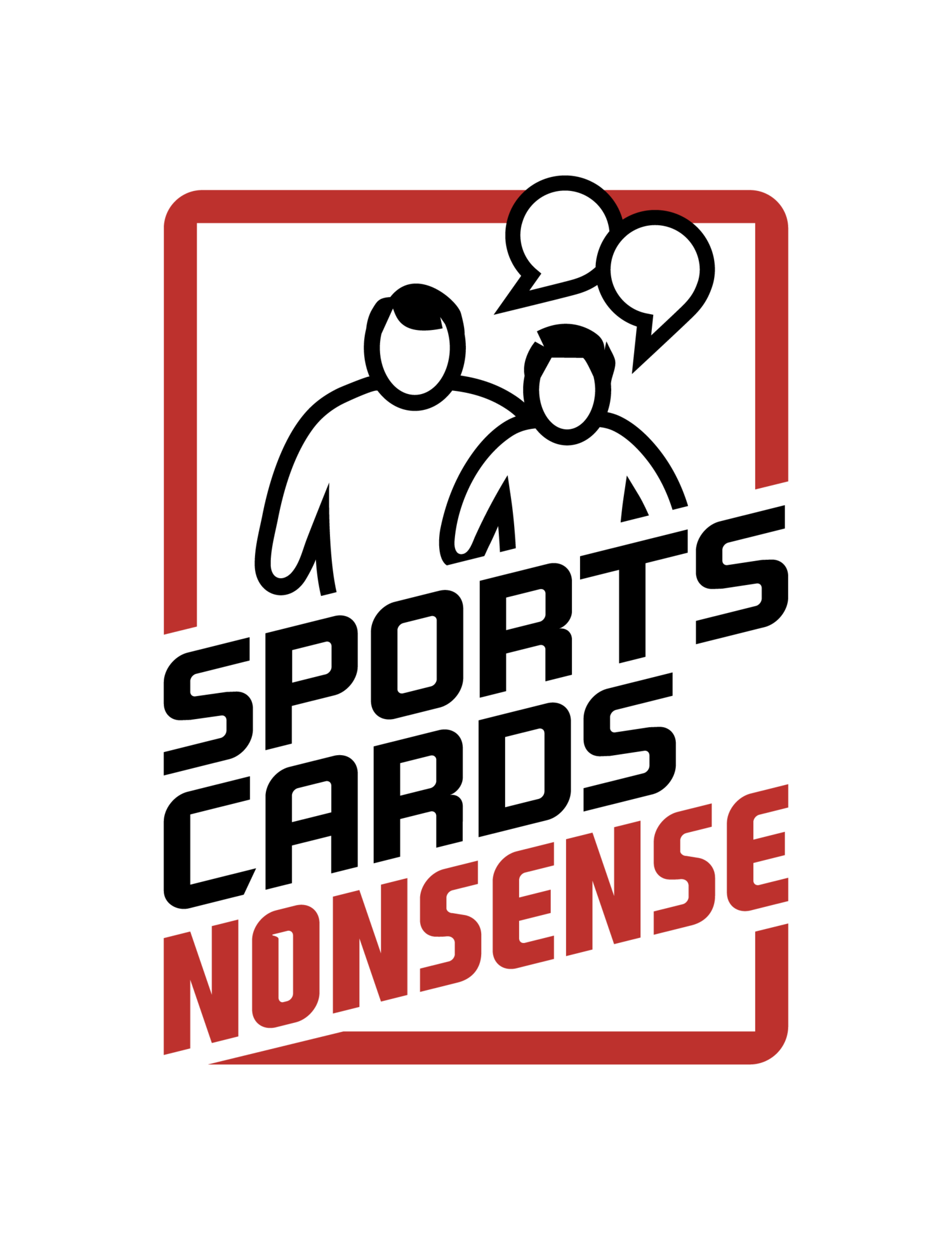Low End
I had an interesting conversation with a friend of mine earlier this week, which I want to share with all of you.
Now, keep in mind, this friend has been a full-time trading card dealer for more than two decades now with offerings from every sport, every era, including TCG and non-sports items.
He deals mainly in singles, and does no breaking, very few wax products, and is not on social media in any way, shape or form.
Okay, now that you have some context, let’s proceed.
Our conversation began with me begging him to sell me one of his McDavid Young Guns — and ended with me begging him to sell me one of his McDavid Young Guns (which is how most of the conversations we have had over the past five years has gone). I’m looking for a friends-and-family discount, he, apparently, considers me to be neither a friend or family, which kinda hurts.
Anyhow, between the begging and pleading, we talked about the hobby, more specifically, the business of the hobby.
Dale (that’s his name) deals mainly with collectors, serious collectors, and has built his business on higher-end cards. He jokes with friends that what’s in his closet is usually worth twice what the actual house the closet is in costs — and he’s got a pretty nice place.
Nonetheless, five-and-six-figure deals are not out of the ordinary for him.
It sounds very exciting, and believe me, some of the stories are wild if you’re into pricey cards and big-money deals.
But what he told me this week I’d never heard from him before.
“If I had to do it all over again, and was starting all this right now,” he said. “I’d deal in low-end cards in high volume.”
This from a man who once made a deal with a member of a royal family from a county I will not mention.
“It’s a little more work, for sure, but the margins are so much better overall if you buy at the right price, and buy the right stuff,” he explained. “If I can get my hands on a Brady rookie, for example, that has a value of $10,000, let’s say. I’m going to try and pay $8,000-$8,500 for that card, realistically. I’d like to pay less, and sometimes you get lucky and do, but in most cases, 80% is really good for cards like that, with 85% being in play also. Then, I’m going to try and sell that card for roughly $10,000, because that’s what it’s worth. Depending on the buyer and their intentions, I could have to go as low as $9,200, or even $9,000, That leaves me with a roughly 10% margin.”
“Sure, the deal is cool, and it’s a lot of money,” Dale said. “But, the margin is slim. On the other hand, I can take that $8,000 and approach someone with a collection or a huge lot of cards with a value of let’s say an average of $40 per card. I offer this person 70%-75% of that value (which is strong for that volume of cards), so I’m paying around $28 per card. That gets me roughly 285 cards that are worth $40, that I paid $28 for and can sell for $40, maybe more if there are some in there I can send out to grade.”
I’m doing the math in my head as he’s talking and the light bulb turns on.
“And that, my friend, is a much higher margin, 30% or more,” he smiled.
Now, Dale went on to admit the process of actually unloading these can be longer, and there is more work in this model, but the work is one he always enjoyed.
“I love the hustle of this whole game,” he said. “I think we all do. If you don’t, then you’ll be out of it quickly, and I’ll be buying your collection 70%,” he chuckled.
“Lower-end cards are much easier to move, and with so many avenues to move them now — Ebay, Whatnot, Fanatics Live, Instagram, and the old-fashioned card show, too — you almost have to be trying not to sell these kinds of cards not to be able to sell them somewhere. I love what I do, and the people I do it with, but if I’m starting over… I’d do it this way.”

